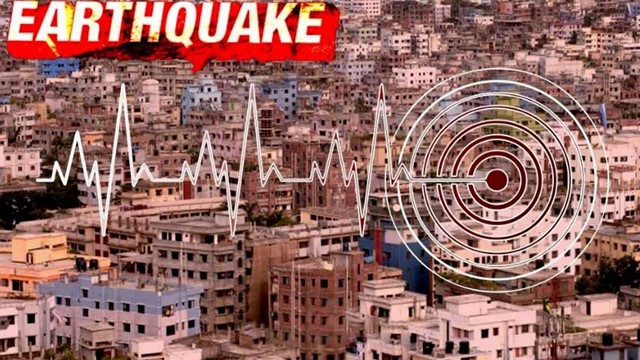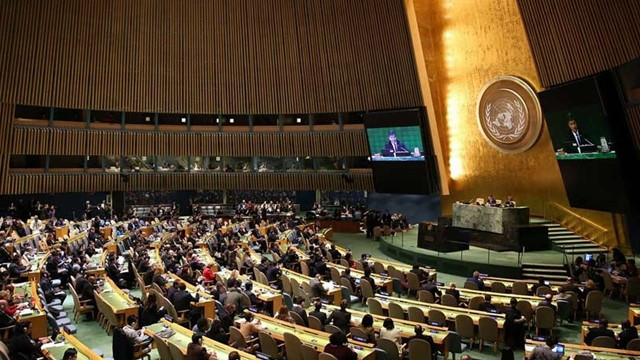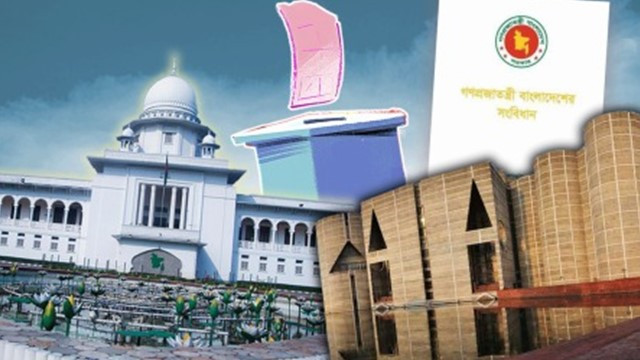৯ অগ্রহায়ণ ১৪৩২
Frequent Earthquakes Highlight Rising Risk for Dhaka, Experts Warn
23 November 2025 18:11 PM
NEWS DESK
A series of recent earthquakes near Dhaka has intensified concerns among seismologists about the capital’s vulnerability to a major seismic event. Experts cite the proximity of earthquake epicenters, unplanned urbanization, and the high potential for casualties as key factors heightening the risk.
Within just 31 hours between Friday and Saturday, four earthquakes rattled Dhaka and surrounding areas. The strongest, a magnitude 5.7 quake with a depth of 10 km, struck near Madhabdi in Narsingdi on Friday morning—only about 25 km from the capital. It was among the most powerful tremors felt in recent memory, shaking large parts of the country. At least 10 people, including children, were killed and more than 600 injured.
Experts See Warning Signs of a Major Quake
Seismologist Prof. Humayun Akhter said the fault line beneath the region—long locked under significant pressure—has begun to move, triggering energy release and a series of aftershocks. “These aftershocks may eventually build up to a large earthquake. It could be very close,” he warned.
On Saturday, Dhaka experienced two more tremors: a magnitude 3.3 quake at 10:36 a.m., followed by a 4.3 quake around 6 p.m., both originating in Narsingdi. Another tremor of magnitude 3.7 was recorded in the capital’s Badda area shortly afterward. Experts interpret these minor to moderate quakes as precursors to potentially larger seismic activity.
Five-Year Data Shows Dhaka Near Many Epicenters
Bangladesh Meteorological Department (BMD) statistics from February 2021 to November 2024 show that 39 earthquakes originated inside Bangladesh during that period. Of these, 11 occurred within 86 km of Dhaka—over 28 percent of all events. These ranged from magnitude 3.3 to 5.7.
The second-strongest quake recorded in recent years, measuring 5.6, occurred in Ramganj, Lakshmipur. Overall, earthquakes during the last five years affected 18 districts, including Dhaka, Narsingdi, Narayanganj, Sylhet, Rangpur, Cumilla, Jessore, and others.
BMD Director Md. Mominul Islam said Narsingdi sits atop a “sub-fault,” whose significance was previously underestimated. “This fault line appears to extend close to Dhaka. The recent quake confirms the capital is under major threat,” he said.
Most Quakes Occur at Night
Of the 39 quakes recorded in five years, 23 occurred between 6 p.m. and 6 a.m. Experts warn that nighttime earthquakes pose greater risks because most people are asleep at home, increasing the likelihood of casualties.
Prof. Humayun Akhter noted that less than 1 percent of the accumulated energy at the subduction zone has been released so far. “Frequent small quakes indicate that pressure is shifting. A large earthquake could follow at any time,” he cautioned.
Four Key Reasons Dhaka Faces Extreme Risk
BUET civil engineering professor Rakib Hasan outlined four major risk factors for Dhaka:
-
Proximity to epicenters: The newly identified fault line lies close to the capital.
-
Soil composition: Much of Dhaka’s newer areas are built on low-lying, landfilled terrain, which amplifies shaking.
-
Weak building compliance: Many structures do not adhere to national building codes.
-
High population density: A disaster in such a densely populated city would be catastrophic.
Preparedness Still Insufficient
Despite signing an agreement with China in 2016 to build a National Operation Center for earthquake response, no major progress has been made in nearly a decade. Land was allocated in Tejgaon, but lack of additional space for construction materials stalled the project.
Disaster Management Department Director General Rezwanur Rahman said equipment procurement is ongoing and that the armed forces and fire service are typically deployed during major disasters. He also said the government plans to involve 48,000 urban volunteers in earthquake awareness campaigns.
However, disaster expert Gowher Nayeem Wara believes current preparedness is far from adequate. He noted delays in reporting earthquake data and criticized the lack of local government involvement in disaster response. He also emphasized the need for earthquake awareness education at school level, pointing to incidents where students jumped from dormitories in panic. “This should be part of basic education. Preparedness must start early,” he said.
As minor earthquakes continue to jolt the region, experts stress that the signs point to an urgent need for stronger preparedness measures—and that Dhaka must brace for the possibility of a major seismic event.


















Comments Here: